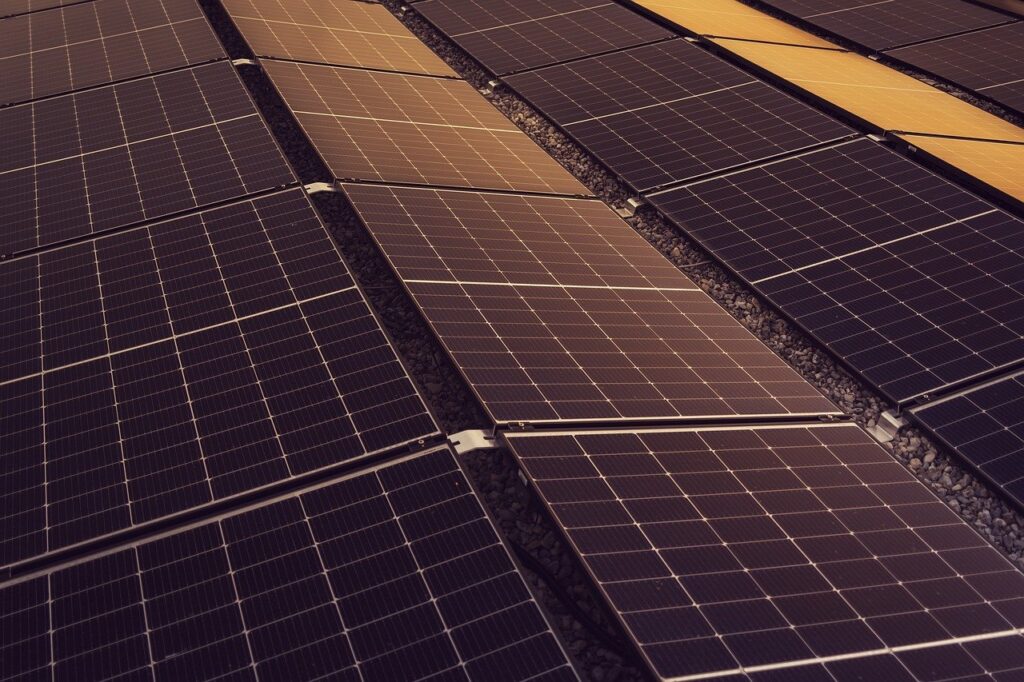Following the seventh power outage of the spring season at my house in Zapopan (Guadalajara) lasting half the day, I decided I’d had enough.
I began researching Mexico’s energy issues, and started looking into installing a residential solar power. With panels plus a battery backup, we figured we’d be less vulnerable to CFE outages. More on that in a little bit…
First, let’s take a look at some of the underlying issues contributing to Mexico’s electrical problems.
Why All the Power Outages?
As a foreigner or anyone new to living in Mexico, it might surprise you to know that our frequent power outages do NOT necessarily coincide with volatile storms, accidents, or anything else that’s obvious to the human eye.
But outages are a fact of life in Mexico.
Over the past three decades, energy consumption in Mexico has tripled as the economy has grown, Mexican lifestyles have modernized, and climate change has increased demand for cooling systems. At the same time, energy capacity in the public grid hasn’t kept pace due to under-investment.
The Government’s Electricity Monopoly
Mexico’s federal government has had a monopoly over electricity generation and transmission since 1937 through the state utility, Comision Federal de Electricidad.
Known to locals simply as “CFE,” this public utility is the second most powerful state-owned company, and is granted sole power to control the electrical grid by the Mexican constitution.
Last year, gas-generated electricity accounted for 70% of Mexico’s total, with hydro, wind, and solar each contributing 6%, and the remaining 12% generated by nuclear, carbon, and diesel sources. Heavy reliance on natural gas for power generation has made Mexico vulnerable to shortages due to volatility in market prices for natural gas as well as exchange rates.
But despite this vulnerability, AMLO has done nothing to shore up the national energy grid, even reversing some of the progress made prior to his reign.

In the decade before AMLO’s presidency, Mexico’s federal government worked to attract capital investment in renewable energy, receiving more than $10 billion for new projects in 2017-18 alone.
When AMLO came to power, new permits for solar projects dried up, as the new president pivoted to promoting fossil fuel projects and the interests of Pemex (the state oil company and largest public entity in all of Mexico).
For residents of Mexico, the CFE monopoly has also resulted in high electricity rates. While nobody worries much about cold winters, climate change means that many more areas are suffering extreme heat and the need for air conditioning.
And while CFE’s rates aren’t uniform nationwide, they aren’t cheap at $0.116 cents per kilowatt-hour (USD), which is slightly higher than rates in Florida but lower than rates paid in Texas or Arizona.
A President in Love with Fossil Fuels
You can say a lot of things about Andres Manuel Lopez Obrador’s legacy, but one thing is certain – he’s failed miserably when it comes to helping Mexico adapt to climate change and leverage the abundance of clean energy there for the taking.
Instead, AMLO’s used his presidency to promote coal and fuel oil for electricity generation, even going so far as to mock wind power as a viable alternative. It’s a stance that strikes many as lunacy.
There’s hardly a better place to harness the sun’s power than Mexico, a country blessed with well over 300 days of sunshine a year.
Renewable Power in Mexico – By the Numbers
Government policies in recent years have all but cut off new investments in renewable energy. Incredibly, Mexico’s share of investment in such projects across Latin America has plunged from 35% in 2017 to 7% last year, with funds shifting to projects in Brazil, Chile, and Colombia instead.
The result is that Mexico produces no more solar power today than the Netherlands, that tiny, sunny (just kidding) Northern European nation best known for canals, windmills, and weed tourism.
In the private sector, Mexico currently limits renewable power generation to 500 kilowatts, or barely enough to power a small hospital. According to energy experts, it’s a cap with no technical basis.
Why does it exist then? National pride in (and total control over) Pemex, especially for an older generation of politicians, cannot be discounted.

As reported by Bloomberg, government officials claim they aren’t opposed to increasing the cap, they’re just concerned that companies who generate renewable power will seek to sell their excess energy to other companies for a profit.
I mean… God forbid if Mexico was able to reduce its carbon footprint (and meet its obligations under the Paris Agreement) through green energy produced by the private sector!
It’s a manufactured headwind that’s truly an outlier in Latin America.
Notably, Brazil and Colombia have set their caps on renewable power generation by private entities much higher, ranging from 5 to 10 megawatts. So it’s no surprise that they’re (along with Chile) now winning most of the new foreign investment deals in renewable energy.
Mexico’s Private Sector Struggles to Meet Its Needs
Thanks to years of under-investment in energy transmission and distribution capacity by CFE, many businesses are seeing their energy needs go unmet and are looking for workarounds.
As such, it was stunning to see Mexico’s energy regulator block several foreign companies from operating their own wind and solar plants in 2022, in a bid to concentrate ever more power in CFE’s hands.
But even if businesses are willing to pony up millions of their own money to help alleviate pressing energy challenges, these projects still typically take years to complete and offer only a partial solution.
Where Do Things Go From Here?
As Mexico’s first female president is set to take over in just a few months, add energy infrastructure to the list of challenges Claudia Sheinbaum must tackle to keep Mexico’s economy on solid ground.
According to Lilia Moreno, who works at a Mexico-based think tank Evalúa, Mexico’s power shortages are starting to impede foreign investment into the country. She observed, “although Mexico is attracting investments, they’re not as huge as they could be if we had a sound electrical system.”
What We’re Doing
I’m not going to lie. Power outages can be super frustrating, especially as ours are typically measured in hours.
Fortunately, my research into solar providers uncovered a startup called Niko. Headquartered in CDMX, the venture was created two years ago by a couple of young, globetrotting Italians.
Niko has uncovered a surprisingly uncrowded niche — selling and installing solar panels for residential customers and small businesses in Mexico with a compelling hook of “no money down.”
Intrigued, we’ve started a dialogue with the founders and are exploring a project with Niko in the months ahead. Stay tuned for more details on our solar adventure.
Sources: Bloomberg, Forbes, Fitch, Tech Crunch

